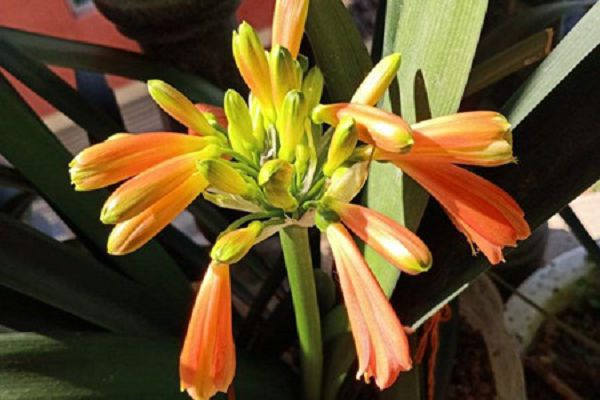What is the reason for the rotten roots of the gentleman orchid and how to deal with it?
Cymbidium is one of the most popular flowers, and many people are puzzled by a problem when breeding, that is, the phenomenon of rotten roots. Some people always don't know what the rotten roots are, and they don't know what to do when they encounter this situation. Therefore, in view of this point, I would like to tell you what are the reasons for the rotten roots of Cymbidium. Generally speaking, the main reasons for the rotten roots of Cymbidium are as follows:
1. The water in the high temperature environment is large, and too much watering makes the root soak in the water for a long time, which leads to rotting root.
2. If there is too much fertilizer, it will burn the root. No matter the concentration of water and fertilizer is high or too much fertilizer, it will burn the root and lead to root rot.
3. Under the condition of long-term drought, root rot will also occur after a large amount of watering after root withering.
4. During cultivation, the pot soil uses raw soil, and there are no rotten leaves. Over a long period of time, it will ferment in the basin and produce heat and burn the roots. Or the cultivation of soil bacteria will cause the phenomenon of rotten roots.
5. Failure to change the basin for a long time will also lead to rotting roots.
However, no matter what the reason is, since this phenomenon has occurred, corresponding measures must be taken. Rotten roots are also divided into two situations: first, most of the roots are good, only part of the roots are rotten; second, most or all of the roots are rotten. The salvage measure for only part of the rotten root is to take it out of the basin immediately, remove the soil, rinse the root with water and remove the rotten root with a clean blade. Then smear the rotten roots with 0.1% potassium permanganate solution before planting. It is necessary to water less, keep the basin soil slightly moist, and spray 0.2% potassium dihydrogen phosphate aqueous solution on the leaf surface every 5 to 7 days to increase nutrients to promote its rooting.
For the case where most or all of the roots are rotten, rinse the base of the stem with water, then cut off the rotten part laterally with a sharp knife, and then apply sulfur powder or charcoal powder at the cut to prevent wound infection. it is important to note that the incision must be smooth and smooth. Put it in a cool and ventilated place first, wait for the surface of the incision to be slightly dry, then plant it in a plain sand basin, water it once two days later, and then keep the basin soil moderately moist. Do not apply fertilizer.
Related
- Is the orchid suitable for indoor use? Is it good for the body?
- How to prevent the empty root of orchids?
- What to do after the crab claw orchid is withered?
- Why are the leaves of orchids always yellow? Fertilizing and watering.
- Can the root of the gentleman orchid be saved if it is rotten?
- Diagnosis and treatment of cotton-blowing beetle insects in Cymbidium
- There is a way for a gentleman's orchid to rot.
- What is the most suitable temperature and humidity for the orchid?
- How to raise a gentleman's orchid? Cultivation techniques of Cymbidium
- How to prepare the nutritive soil for the cultivation of Cymbidium



